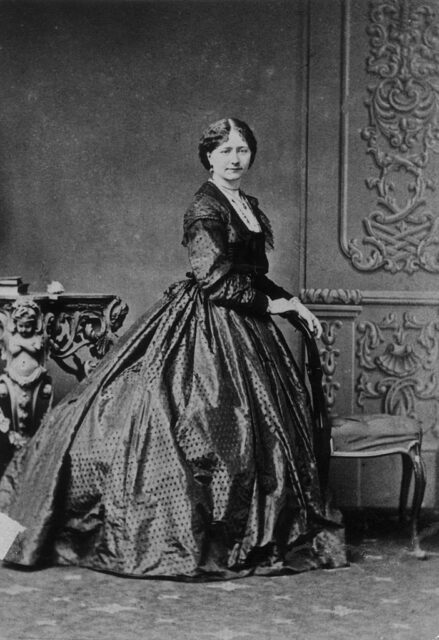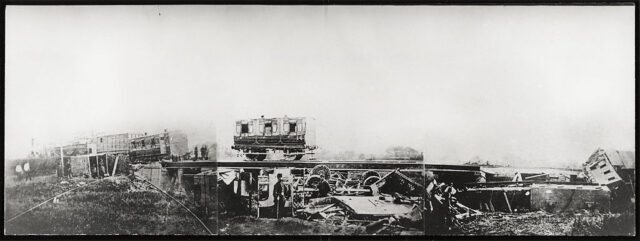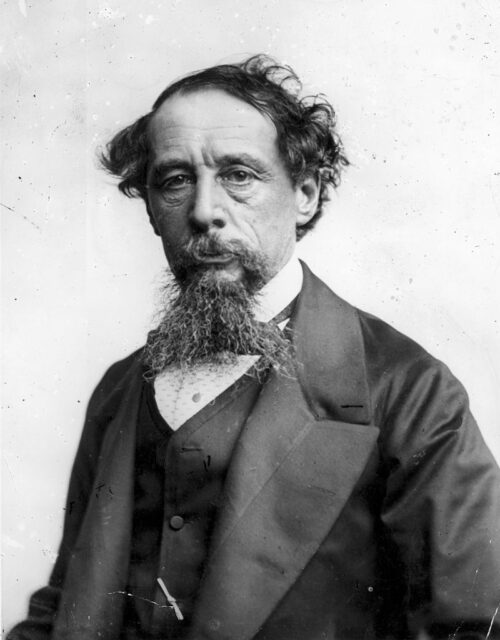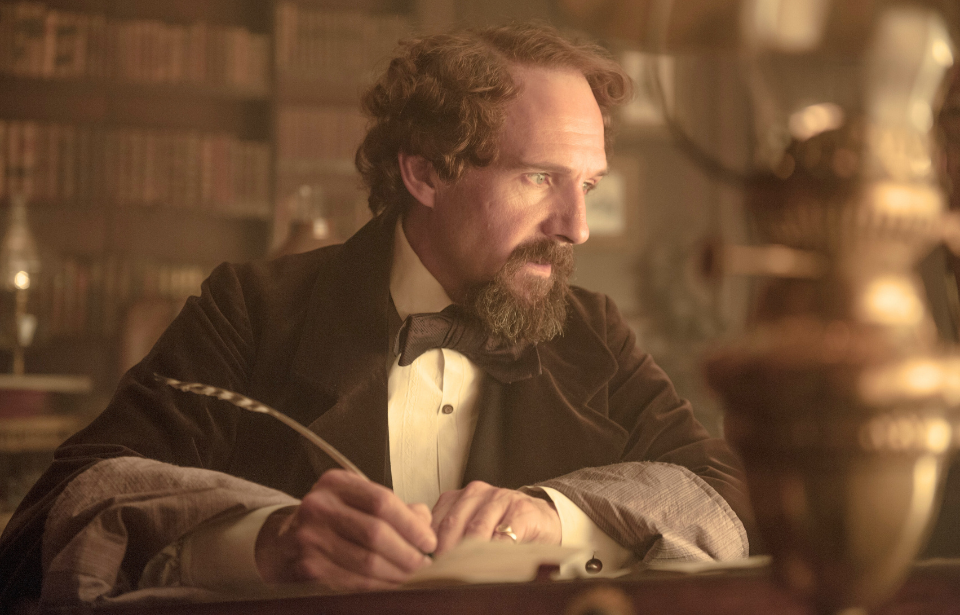Charles Dickens was one of the best-known authors of the Victorian era, with a talent for capturing the emotions of his characters in his writing. In June 1865, he was involved in a near–fatal train crash that forever changed his life and career. The Staplehurst rail crash became a significant event in his life, leaving a lasting impression on him and his work.
Charles Dickens was a literary genius

Charles Dickens was involved in literature from a young age, beginning his career as a journalist. His first work was the serial publication The Pickwick Papers in 1836. This was the same year he married Catherine Hogarth. Between then and 1865, he wrote most of his famous works, including Oliver Twist, Nicholas Nickleby, The Old Curiosity Shop and A Christmas Carol.
As he got more popular, Dickens began to use his writing as a way to address various social problems. His 1859 publication, A Tale of Two Cities, reflected this and became one of his most popular works.
By 1860, Dickens was under a lot of strain with his career and marriage. He’d been carrying on an affair with young actress Ellen Ternan since 1857 and wanted a divorce from his wife. As this was frowned upon, he unsuccessfully tried to have her declared insane. Instead, they separated, and Dickens and Ternan continued their relationship, frequently traveling Europe.
Staplehurst rail crash

While traveling together on June 9, 1865, Charles Dickens and Ellen Ternan found themselves involved in a horrific train accident known as the Staplehurst rail crash. The train was traveling across a viaduct, where part of the track had been removed for repairs. By the time the engineer was alerted to the problem, it was far too late to stop.
Some carriages cleared the gap, but Dickens’ didn’t. It was left dangling precariously over the river. Many of the ones behind his came uncoupled and fell 10 feet, wrecking below. Despite the chaos and danger, Dickens immediately sprang into action, assisting the injured and giving those who needed it a swig from his personal brandy flask.
Perhaps the most unbelievable part of the day was that the author realized he’d left an early manuscript for Our Mutual Friend in his coat pocket when he’d escaped the train. He decided to retrieve it, climbing back into the dangling carriage to do so.
Charles Dickens suffered life-long trauma due to the train crash

Many scholars believe the difficulties Charles Dickens experienced following the accident were actually post-traumatic stress disorder (PTSD).
For example, he didn’t speak for two weeks after returning home. Once he got his voice back, he was extremely nervous about taking the train again, so he traveled other ways whenever possible. He said, “I have sudden vague rushes of terror, even when riding in a hansom cab, which are perfectly unreasonable but quite insurmountable.”
Even his children noticed. His eldest daughter, Mary, recalled, “My father’s nerves never really were the same again… We have often seen him, when traveling home from London, suddenly fall into a paroxysm of fear, tremble all over, clutch the arms of the railway carriage, large beads of perspiration standing on his face, and suffer agonies of terror.”
His son, Henry, added, “I have seen him sometimes in a railway carriage when there was a slight jolt. When this happened he was almost in a state of panic and gripped the seat with both hands.”
More from us: Charlie Chaplin’s Body Was Stolen and Held for Ransom
Five years to the day after the Staplehurst rail crash, Charles Dickens died. According to his son, the author “may be said never to have altogether recovered.”
